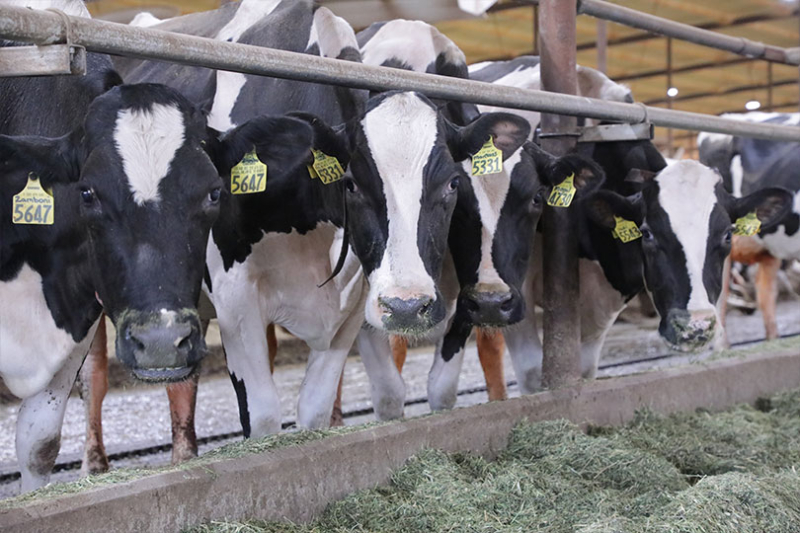After several years of U.S. Department of Agriculture (USDA) engagements with the dairy industry, changes to the Federal Milk Marketing Orders (FMMO) took effect on June 1.
The FMMO structure, according to American Farm Bureau Federation (AFBF) Economist Danny Munch, is intended to protect dairy farmers.
“The primary purpose of the federal order system is to set minimum prices milk handlers have to pay dairy farmers for the milk they purchase,” he said. “This was really meant to avoid any abuse and pricing negotiations with farmers. There are 11 regions in the country with federal orders and USDA calculates minimum prices that farmers receive in each of those. It’s intended to support fair payments for their milk regardless of where their products end up.”
There are several significant changes made to the orders.
One of the changes included the switch to the “higher-of” Class III and Class IV price formula for the Class 1 fluid milk price.
“Class I differentials have also been raised in most regions, which helps offset costs of transportation and servicing fluid milk markets. We also remove the barrel cheese from the protein formula,” he said.
Munch, however, cautioned there are still some unknown factors that might have long-term impacts.
“This was a need of the industry to say that the Federal Milk Market Order system has been outdated,” Munch said. “These formulas needed to be updated in order to reflect more accurate market conditions. With all these trade disruptions, supply disruptions going on as well, the total impact might be stunted or sort of covered by some of these bigger market movers.”


Leave A Comment